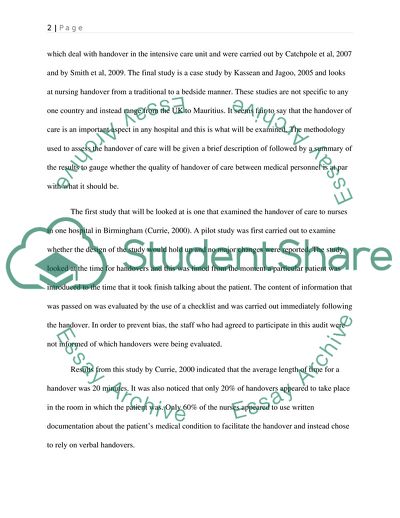Cite this document
(Handover of Care Literature review Example | Topics and Well Written Essays - 2500 words, n.d.)
Handover of Care Literature review Example | Topics and Well Written Essays - 2500 words. Retrieved from https://studentshare.org/nursing/1737565-handover-of-care
Handover of Care Literature review Example | Topics and Well Written Essays - 2500 words. Retrieved from https://studentshare.org/nursing/1737565-handover-of-care
(Handover of Care Literature Review Example | Topics and Well Written Essays - 2500 Words)
Handover of Care Literature Review Example | Topics and Well Written Essays - 2500 Words. https://studentshare.org/nursing/1737565-handover-of-care.
Handover of Care Literature Review Example | Topics and Well Written Essays - 2500 Words. https://studentshare.org/nursing/1737565-handover-of-care.
“Handover of Care Literature Review Example | Topics and Well Written Essays - 2500 Words”. https://studentshare.org/nursing/1737565-handover-of-care.


